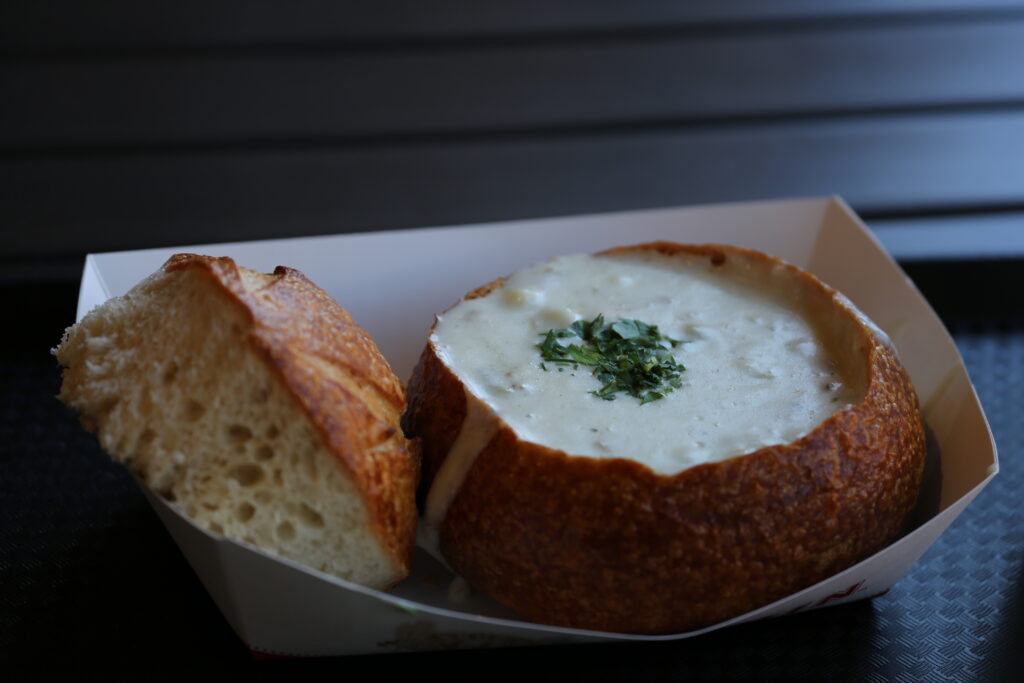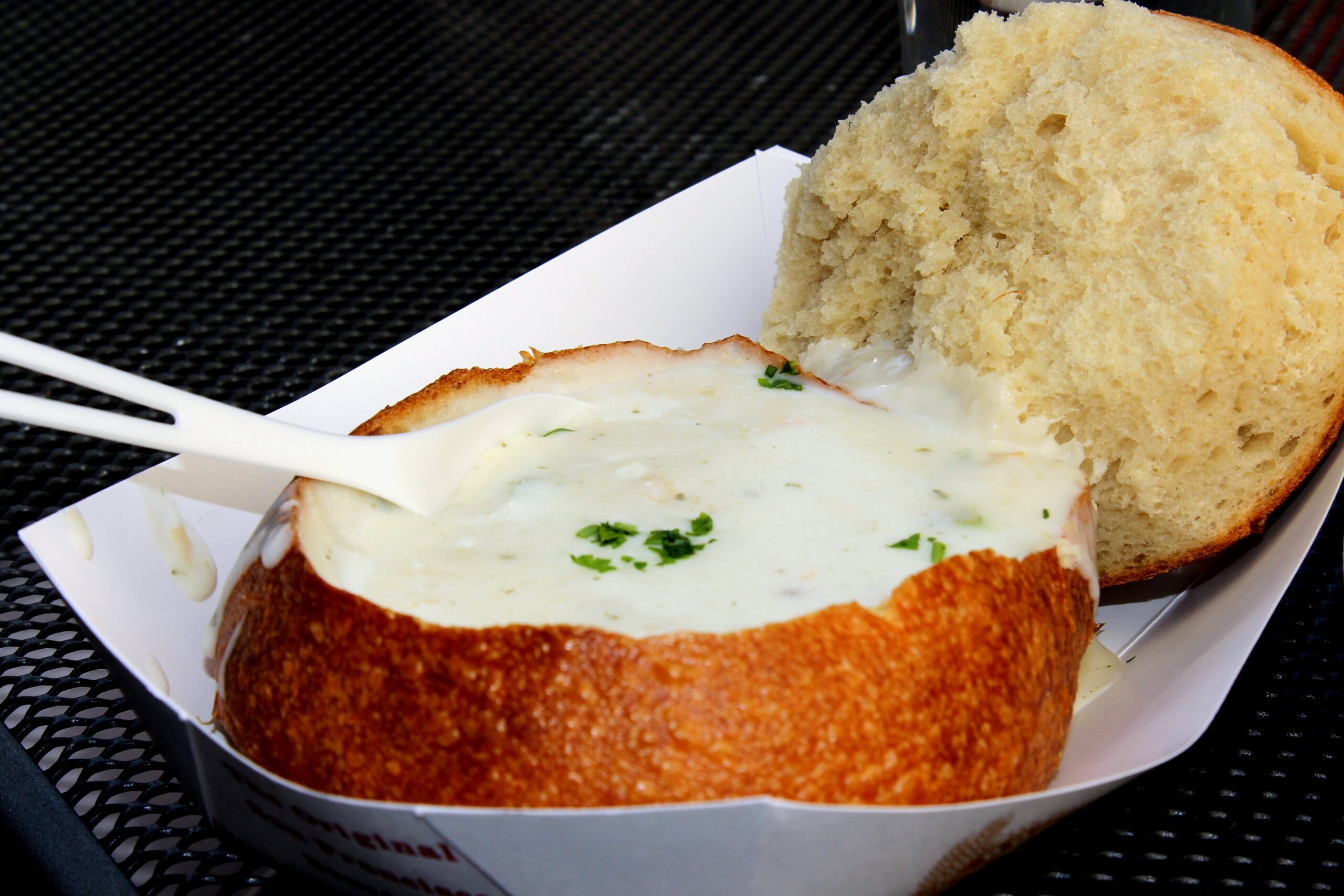Clam Chowder: A Seafood Delicacy Explained – Clam chowder, a beloved seafood soup, has gained popularity for its rich flavors and creamy texture. In this article, we delve into the origins, types, cooking methods, cultural significance, and much more surrounding this classic dish.

What is Clam Chowder?
Clam chowder is a savory soup consisting primarily of clams, potatoes, onions, and broth or cream. Its roots trace back to early American history, evolving into various regional recipes.
History of Clam Chowder
The dish originated in the Northeastern United States in the 18th century, introduced by French and British settlers. Over time, it diversified into New England, Manhattan, and Rhode Island styles.
Types of Clam Chowder
Explore the distinctions between New England’s creamy version, Manhattan’s tomato-based variant, and the clear broth Rhode Island style, each offering a unique taste experience.
Ingredients Used
Detail the essential ingredients required for crafting the perfect clam chowder, emphasizing the freshness and quality needed for clams, potatoes, seasonings, and other components.
How to Make Clam Chowder
Offer a step-by-step guide on preparing clam chowder, including tips on cleaning and cooking clams, creating the base, and achieving the desired consistency.
Regional Variations
Highlight the specific ingredients or techniques that differentiate clam chowder across various regions, emphasizing the cultural influences shaping each variation.
Best Clam Chowder Restaurants
Recommend renowned eateries known for serving exceptional clam chowder, detailing their unique preparations and customer favorites.
Health Benefits of Clam Chowder
Discuss the nutritional value of clam chowder, emphasizing the protein, vitamins, and minerals present in its ingredients, while offering insights on moderation and balanced consumption.
Sustainability of Clams
Address concerns regarding the sustainability of clam harvesting and provide insights into responsible sourcing practices and their impact on the environment.
Clam Chowder and Culture
Examine the cultural significance of clam chowder in different communities, exploring traditions, festivals, and events where the dish plays a central role.
Clam Chowder: Popular Myths
Bust common misconceptions or myths surrounding clam chowder, providing accurate information to clarify any misconceived notions.
Clam Chowder: Cooking Tips
Offer practical tips and tricks for perfecting clam chowder, such as adjusting flavors, storing leftovers, or enhancing the dish with creative add-ons.
Serving and Pairing Suggestions
Recommend suitable accompaniments, beverages, or serving presentations that complement the flavors and textures of clam chowder.
Conclusion
In conclusion, clam chowder stands as a versatile and comforting dish deeply rooted in American culinary heritage. Its evolution and cultural significance make it a celebrated seafood delight.
FAQs
1. Is clam chowder gluten-free?
Clam chowder can be gluten-free if prepared with gluten-free thickening agents or using alternative ingredients.
2. What are the best clams for making chowder?
Quahog clams or littleneck clams are commonly used for making clam chowder due to their flavor and texture.
3. Can I freeze leftover clam chowder?
Yes, clam chowder can be frozen for later consumption. Ensure proper storage in airtight containers for best results.
4. Are there vegetarian versions of clam chowder?
Yes, there are vegetarian and vegan adaptations using substitutes like mushrooms or cauliflower.
5. What’s the difference between New England and Manhattan clam chowder?
New England clam chowder is cream-based, while Manhattan clam chowder uses a tomato-based broth, creating distinct flavors.




